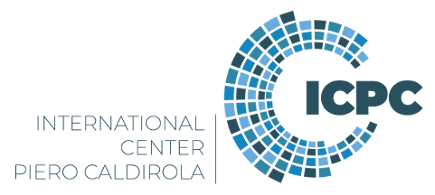Speaker
Description
SPARC is a compact, high field tokamak now under construction in Devens, MA by Commonwealth Fusion Systems. It is predicted to robustly enter the burning plasma regime, $Q_p > 5$, producing at most 140 MW of DT fusion power. A poloidal neutron camera is being designed for the machine to resolve its neutron emission in time, space, and energy. Neutron cameras have been fielded on a variety other magnetic confinement fusion devices (JET, TFTR, LHD, MAST-U), many of which have employed liquid scintillators as detectors. The SPARC neutron camera will be the first to operate with energy-resolved detector units, enabling more accurate emissivity reconstructions and measurement of the ion temperature profile. While liquid scintillators provide many advantages such as low cost, high sensitiviy, and good neutron/gamma discrimination, performing spectrometry can be difficult because of the poor coupling between incident neutron energy and measured pulse height. Modern deuterium-based scintillators have been shown to offer superior spectrometric performance because of the anisotropic nature of neutron scattering on deuterium$^1$. For DD and low power DT operation, a deuterated-xylene based liquid organic scintillator detector is under development at MIT for use on SPARC. In this work we discuss the design of the detector, as well as the semi-empirical response matrix generation methodology used to model the detector response. Specifically, the efficacy of an LED pulser for characterizing the detector's intrinsic resolution is evaluated using a custom pulser unit and prototype detector. Measurements and spectrum unfoldings of DD and DT beam-target neutron generator emissions are made to explore the prototype's spectrometric performance.
$^1$C. C. Lawrence et al. "Comparison of spectrum-unfolding performance of (EJ315) and (EJ309) liquid scintillators on measured 252Cf pulse-height spectra" NIM A 729 (2013)
This work is supported by Commonwealth Fusion Systems.

